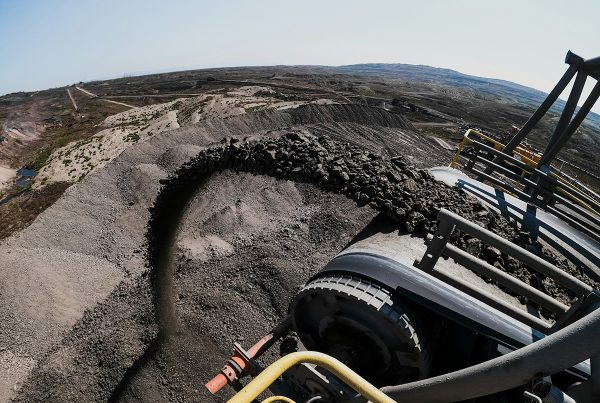The holiday season is well upon us, which means dinner parties and sumptuous feasts will more or less throw our diets out of whack.
Now’s a good time then to take a look at the Paleo Diet, the currently popular diet among health buffs everywhere, which is basically a return to the old days. Actually, quite older: something along the lines of the Paleolithic era.
Channelling Your Inner Caveman
The Paleo Diet harks back to the days of our hunter-gatherer ancestors during the Paleolithic era, before agriculture-based diet took over. It’s also called the Stone Age diet or the caveman diet—caveman here used in the good sense of the word.
The concept of the Paleo Diet has actually been around since the ‘70s, based on various anthropological studies regarding the diet of early people. Apparently, our bodies are better suited to the ancient diet of the Paleolithic era which happened between 2.5 million years and 10,000 years ago. Then came the Neolithic era which ushered in agriculture, which drastically changed our ancestors’ hunting-gatherer lifestyle and eating habits.
Many of the diseases that plague our modern world—hypertension, diabetes, and cardiovascular diseases—can in fact be attributed to modern agriculture-based diets. There’s too much white processed starch, too much sodium, too much refined sugar and processed oil, and not enough protein.
That’s not to say the Paleo Diet insists we forage and hunt our own food from now on—although we could do that too. On a more practical point of view, it simply asks us to place emphasis on foods that our Paleo ancestors chowed on and avoid those foods that didn’t exist before agriculture was invented.
Briefly, the Paleo diet is all about:
- more raw foods than cooked foods
- meat from wild game instead of agriculture-fed livestock
- fruits, vegetables, and nuts over whole-grain foods
- more protein than carbohydrates
- more calories from animal sources than plant sources
- potassium-rich foods over sodium-rich foods
- honey instead of refined sugar
- no dairy
- no processed oils
Tough Act to Swallow
Admittedly, there’s something utopian about the Paleo Diet: it’s a return to the simple days where people ate real, organic food, not the greasy, heavily-processed junk that comprises our modern diet.
It can be a tad restrictive though as it excludes many of the foods we currently enjoy or have been used to, or even foods that are legitimately good for us—just because they weren’t supposed to exist yet during the Paleolithic period.
We can understand the ban on sweets and snacks, soft drinks, energy drinks, salty foods, etc. But completely rejecting grains, legumes, and starchy vegetables can be tricky.
Then again, you don’t have to strictly follow the Paleo diet. If we obeyed to it to the letter, we should all be chasing after some wild animal to bring home as dinner, not gracefully pushing our carts as we shop in the supermarket. A lot of foods not allowed in the Paleo Diet actually makes sense as they are inherently bad for the health; other popular diets don’t recommend those either.
Some Paleo eaters modify their diet so as to accommodate a little dairy, processed oils such as olive, almond, and canola oils, and some beverages such as tea and wine.
Not Everyone Likes Paleo Eating
Still the Paleo Diet is not everyone’s favourite way of eating. Critics argue that other diets, namely Mediterranean, Asian, and vegetarian, are in fact more healthful than simply adhering to an ancestral diet. They say it’s not what we eat that ultimately brings modern day diseases, but how we spend energy from those food. We eat too much and move too little.
As for sustainability, Katherine Martinko of TreeHugger thinksthe Paleo Diet isn’t the greenest way to eat, considering its focus on nuts (which often have to be imported) and on meat (which depends on grass-fed cattle), and its demonizing of grains. The greenest way for her would be eating local and organic.
Our take on all of these? Pick the good parts about the many diets out there—there’s bound to be some overlapping points where the diets agree on which food are OK and which are not. That way, you get the best of many worlds.
Cheating on your diet is OK too, you’ve got to live a little sometimes. Just remember to always eat with a smile.











